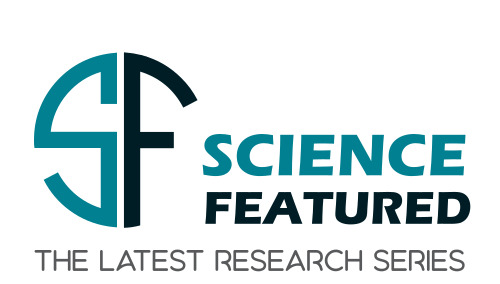The childhood obesity epidemic poses a persistent challenge, with maternal obesity and excessive infant weight gain being significant predictors of childhood and adult obesity. Recognizing that breast milk is a primary source of nutrition during early life and that its composition is influenced by maternal factors, researchers conducted an investigation to explore the relationship between maternal body mass index (BMI), serum lipids and insulin levels, and the fat and calorie content of breast milk.
The team, led by Professor Michael Ross, along with Dr. Mina Desai from the University of California, Dr. Manasa Kavasery, MacKenzie Cervantes, and Guang Han from UCLA Medical Center, Professor Bernardo Horta from Universidade Federal de Pelotas, Dr. Kelly Coca from Universidade Federal de São Paulo, and Dr. Suleyma Costa from University of Campinas, investigated these associations. Their findings were published in the journal Children.
The study included women who were exclusively breastfeeding at 7–8 weeks postpartum. They were categorized based on their BMI into Normal and Overweight/Obese (OW/OB) groups. The researchers collected continuous breast milk samples from foremilk to hindmilk and analyzed the samples along with maternal blood to assess serum lipids and insulin levels.
Key findings revealed that women with overweight or obesity had significantly higher fat and calorie content in their breast milk compared to women with normal BMI. The first foremilk and last hindmilk samples from OW/OB women contained notably more fat and calories. Among all participants, maternal serum triglycerides, insulin, and HOMA-IR were significantly correlated with foremilk triglyceride concentration, indicating that maternal serum triglyceride and insulin action contribute to human milk fat content.
Dr. Ross stated, “Our research indicates that the higher milk fat content in OW/OB women has caloric implications for infant growth and childhood obesity. This suggests the potential for modulating milk fat content by reducing maternal serum lipids or insulin.”
The investigation highlighted that higher energy intake during infancy is associated with greater weight gain and increased risk of obesity in later years. The breast milk composition did not significantly differ in protein, carbohydrate, and solid content between the two groups. However, the fat and caloric content increased significantly from the first to the last milk sample in both groups, with a several-fold rise in fat concentration and a nearly doubled rise in caloric content being more pronounced in OW/OB women.
The research also examined the lipid profile of breast milk and maternal plasma. OW/OB women had higher levels of free fatty acids, diacylglycerols, ceramides, and phospholipids in their milk compared to women with normal BMI. Maternal plasma lipid levels showed no significant differences between the groups, except for total free fatty acids, which were lower in OW/OB women.
Dr. Ross noted, “Our findings emphasize the importance of maternal health and its direct impact on breast milk composition. By addressing maternal obesity and metabolic health, we may improve the nutritional quality of breast milk and mitigate the risk of childhood obesity.”
The investigation suggests that dietary interventions or pharmacological approaches to reduce maternal serum lipids or insulin could potentially modulate breast milk composition, thereby influencing infant growth and reducing the risk of obesity. Further research is needed to explore these interventions and their effectiveness in improving breast milk quality.
In conclusion, Dr. Ross and his team provide valuable insights into the impact of maternal BMI and metabolic health on breast milk composition. Their findings underscore the need for targeted strategies to address maternal obesity and optimize infant nutrition, ultimately aiming to curb the rising rates of childhood obesity.
Journal Reference
Ross, M.G., Kavasery, M.P., Cervantes, M.K., Han, G., Horta, B., Coca, K.P., Costa, S.O., & Desai, M. (2024). High-Fat, High-Calorie Breast Milk in Women with Overweight or Obesity and Its Association with Maternal Serum Insulin Concentration and Triglycerides Levels. Children, 11(141). DOI: https://doi.org/10.3390/children11020141
About the Author

Dr. Ross received his BS from MIT, MD and MPH from Harvard, and completed OB/GYN residency at Brigham and Women’s Hospital and Maternal-Fetal Medicine fellowship at Harbor-UCLA. He is board certified in Ob/Gyn and Maternal Fetal Medicine. He was Chair, Department of OB/Gyn at Harbor-ULCA from 1996-2011. He has received continuous funding from the NIH for 40 years, and support from March of Dimes, United Cerebral Palsy Foundation, and National Science Foundation. He is currently a Distinguished Professor of Ob/Gyn and Public Health at UCLA and Co-Director of the Institute for Women’s and Children’s Health at The Lundquist Institute. He is President of Los Angeles Perinatal Associates, a private MFM practice in Southern California.












































